Nanotechnology in Cardiovascular Medicine: Tiny Solutions for Big Problems
- Introduction to Nanotechnology in Cardiovascular Medicine
- Key Innovations in Cardiovascular Nanotechnology
- The Benefits of Nanotechnology for Heart Health
- Real-World Applications of Nanotechnology in Heart Care
- How HeartCare Hub Supports Cardiovascular Health with Cutting-Edge Technology
Introduction to Nanotechnology in Cardiovascular Medicine
Nanotechnology, the manipulation of matter at an atomic or molecular scale, has become a powerful tool in many scientific fields, including medicine. In cardiovascular care, nanotechnology promises to revolutionize the diagnosis, treatment, and prevention of heart disease. By working at the microscopic level, nanotech can provide more precise and effective solutions to long-standing challenges in heart health, such as improving drug delivery, reducing the risk of blood clots, and enhancing tissue regeneration after heart attacks.
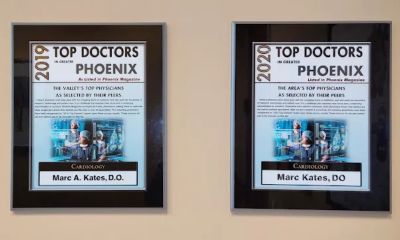
Key Innovations in Cardiovascular Nanotechnology
Several key innovations have emerged from the application of nanotechnology in cardiovascular medicine. These advancements are providing new hope for patients with heart disease and paving the way for more effective treatments.
Cardiac Solutions
cardio solutions
5651 W Talavi Blvd, Glendale, AZ 85306, USA

1. Nanoparticles for Targeted Drug Delivery
One of the most promising uses of nanotechnology in cardiovascular medicine is the development of nanoparticles for targeted drug delivery. These nanoparticles can be engineered to carry specific medications directly to the site of atherosclerotic plaques or other areas of the heart, ensuring that the drug is released where it's most needed. This targeted approach can enhance the effectiveness of treatments while minimizing side effects associated with traditional methods of drug delivery.
2. Nanomaterials for Vascular Repair
Nanomaterials, such as nanofibers and nanotubes, are being explored for their ability to support tissue regeneration and repair damaged blood vessels. These materials can mimic the natural extracellular matrix, which provides structure and support to tissues in the body. By using nanomaterials, doctors can potentially improve outcomes for patients recovering from heart surgeries or dealing with vascular diseases like peripheral artery disease (PAD).
3. Nano-robots for Blood Clot Removal
Imagine tiny robots designed to travel through your bloodstream, detecting and breaking down blood clots before they cause damage. This is a reality being worked on by scientists using nanotechnology. These nano-robots can be programmed to target and dissolve blood clots in real-time, potentially preventing heart attacks and strokes in high-risk patients. This technology is still in the experimental phase, but it holds enormous potential for reducing the need for invasive surgeries and improving patient outcomes.
The Benefits of Nanotechnology for Heart Health
The integration of nanotechnology in cardiovascular medicine has the potential to offer several significant benefits for heart health. These include:
1. More Effective and Personalized Treatment
Nanotechnology allows for more precise targeting of treatments, ensuring that medications and therapies are delivered exactly where they are needed. This personalized approach can significantly increase the effectiveness of treatments while minimizing the side effects often associated with traditional methods.
2. Minimizing Invasive Procedures
With advancements in nanotechnology, certain procedures that once required major surgeries could potentially be replaced by less invasive techniques. For example, nanotech-based devices can remove blood clots or repair blood vessels without the need for traditional surgery, resulting in faster recovery times and less risk for the patient.
3. Enhanced Prevention and Early Detection
Nanotechnology is also advancing the field of early detection. Nano-sensors can be used to detect biomarkers for cardiovascular diseases at very early stages, long before symptoms appear. This allows for earlier intervention, potentially saving lives by preventing the progression of heart disease.
Real-World Applications of Nanotechnology in Heart Care
Several real-world cases have demonstrated the potential of nanotechnology in improving heart health. These cases highlight the practical applications and the transformative impact of nanotech on cardiovascular medicine.
1. Nanotechnology in Cardiac Stents
Cardiac stents are commonly used to open blocked arteries, but new advances in nanotechnology are making these stents even more effective. By coating stents with nanoparticles, doctors can reduce the risk of restenosis (re-blocking) and improve the healing process. These nano-coated stents release medications gradually, helping to prevent clot formation and ensuring that the stent stays open for a longer period.
2. Nano-enhanced Diagnostic Tools
Another promising application of nanotechnology is in diagnostic tools for heart disease. For example, nano-sensors are being developed to detect even the smallest changes in blood chemistry that may indicate the early stages of heart disease. This could allow for more accurate and timely diagnoses, leading to earlier intervention and better patient outcomes.
How HeartCare Hub Supports Cardiovascular Health with Cutting-Edge Technology
If you’re looking for the latest in heart health advancements, HeartCare Hub is your go-to resource. We offer expert advice, the latest research, and innovative products designed to support your heart health. Whether you’re looking for medical devices, supplements, or guidance on preventive measures, HeartCare Hub is here to help you stay informed and proactive about your cardiovascular health.

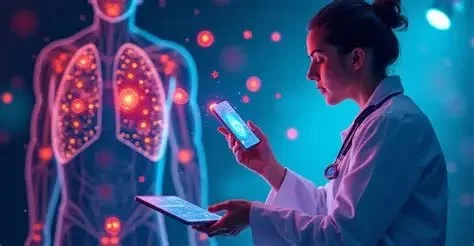
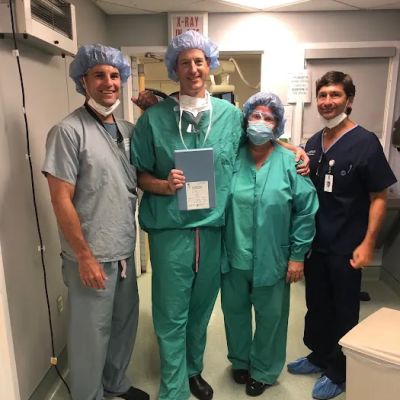
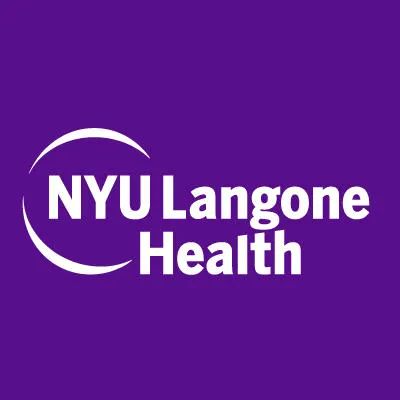
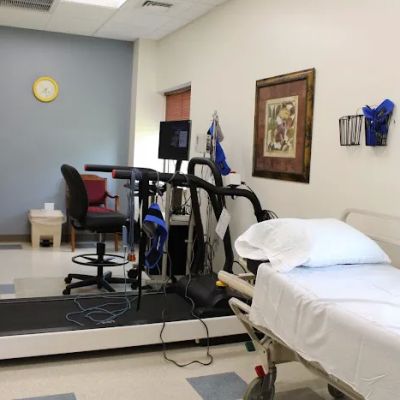
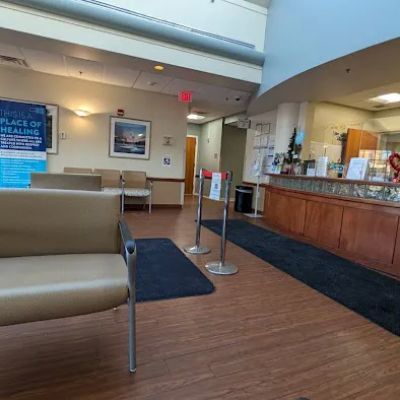




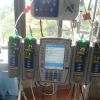











Cardiac Solutions
cardiac solutions
5651 W Talavi Blvd, Glendale, AZ 85306, USA